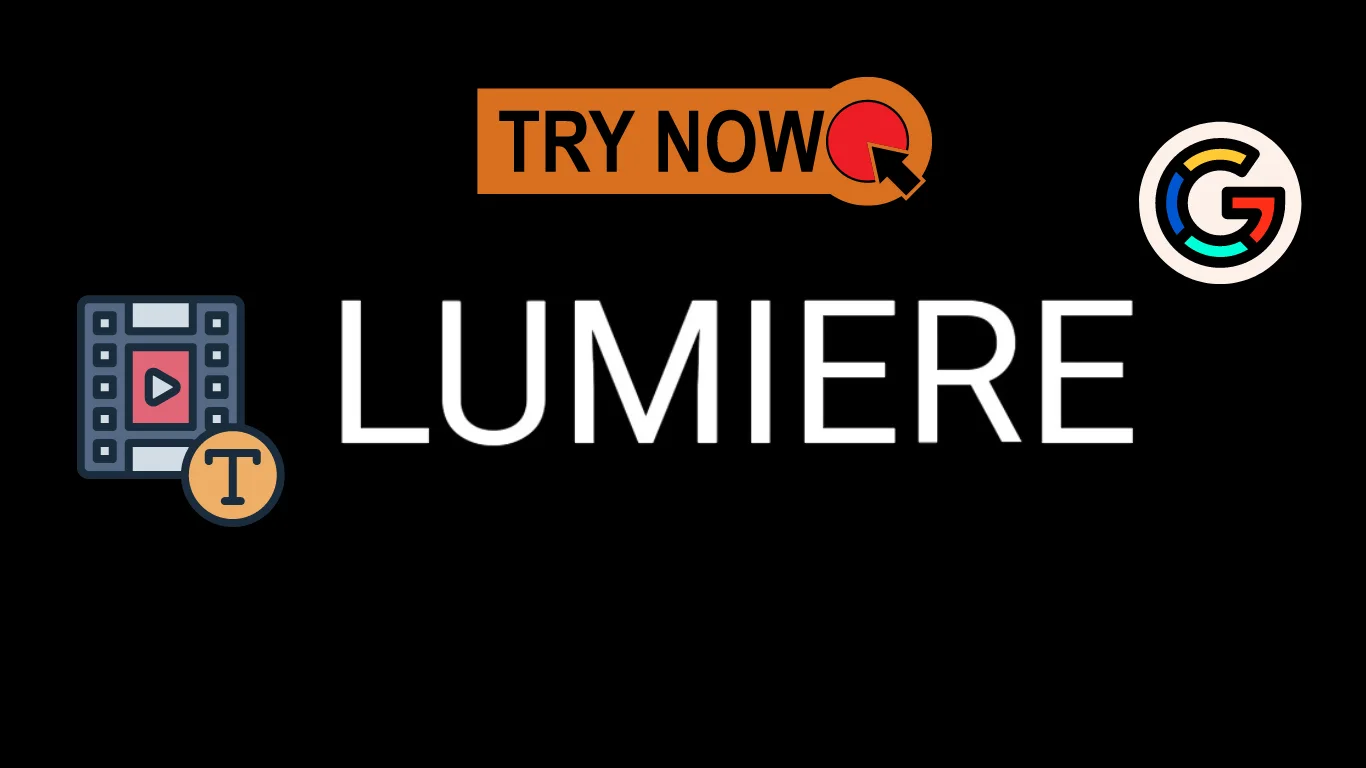In a significant leap forward for the field of artificial intelligence, Google has unveiled Lumiere, a cutting-edge text-to-video generation model. This groundbreaking technology promises to revolutionize how videos are created, empowering individuals with the ability to bring their imaginations to life through simple textual descriptions.
Key Highlights:
- Google introduces Lumiere, a revolutionary AI text-to-video generator.
- Lumiere leverages a Space-Time U-Net architecture for single-pass video creation, enhancing temporal consistency.
- It generates high-quality, diverse videos from natural language descriptions.
- Applications range from animation and film production to video editing, education, and accessibility tools.
- Responsible development and ethical considerations are crucial for leveraging Lumiere’s potential positively.

Breaking Barriers with Space-Time U-Net:
Unlike previous video synthesis methods, Lumiere employs a novel Space-Time U-Net architecture. This approach enables the model to generate an entire video sequence in a single pass, ensuring global temporal consistency and eliminating the need for separate keyframe and temporal super-resolution steps. This innovation marks a significant advancement in video generation quality, leading to more realistic and cohesive video outputs.
From Words to Worlds: Bringing Textual Prompts to Life with Lumiere:
The power of Lumiere lies in its ability to translate natural language descriptions into high-quality, diverse videos. Users can simply provide text prompts, and Lumiere will generate visuals that faithfully reflect their descriptions. This opens up exciting possibilities for animation, film production, and even video editing, allowing creators to explore their ideas more efficiently and intuitively.
Beyond Entertainment: Lumiere’s Broader Impact:
The potential applications of Lumiere extend far beyond entertainment and creative industries. It can be harnessed for educational purposes, creating engaging and interactive learning materials. Additionally, it can be used to develop accessibility tools, enabling individuals with visual impairments to experience video content through audio descriptions.
Responsible Development and Ethical Considerations:
As with any powerful technology, responsible development and ethical considerations are paramount when harnessing Lumiere’s potential. Potential biases in training data and the misuse of generated content need to be carefully addressed to ensure the technology serves as a force for good. Google has emphasized its commitment to responsible development, outlining ethical guidelines and encouraging open discussion on these crucial issues.
The Future of Video Creation is Here:
Google’s Lumiere represents a significant step forward in the field of AI-powered video generation. Its ability to create realistic and diverse videos from textual descriptions opens up a world of creative possibilities, paving the way for a future where video creation becomes more accessible and intuitive. While ethical considerations remain critical, Lumiere’s potential to revolutionize video creation and its broader applications are undeniable.
Google’s Lumiere is a groundbreaking AI text-to-video generator that leverages a novel Space-Time U-Net architecture to create realistic, diverse videos from natural language descriptions. Its potential applications span across creative industries, education, and accessibility, making video creation more accessible and intuitive. Responsible development and ethical considerations are crucial for harnessing Lumiere’s potential positively, ensuring it serves as a tool for good and expands the boundaries of human imagination.






